For years, there has been an ongoing debate over the use of synthetic fields as playing surfaces for NFL games. Some players and fans believe that artificial turf is responsible for a disproportionate amount of non-contact injuries to players.
Others, seemingly most NFL owners, believe there is not enough evidence to support the idea that artificial turf is unsafe.
They don’t see any justification to support or adopt what many players are asking for – that all playing surfaces be natural grass.
Players who are against playing football on turf seem concerned about their safety, health, and longevity.
The NFL and team owners say they share in those concerns.
However, some people believe the owners’ concern over the cost of maintaining grass fields outweighs their concern for player safety.
The conversation about natural grass vs artificial turf grabbed national attention in November when the NFL publicly released data showing that injury rates to lower extremities on turf fields and grass fields were nearly the same.
Data compiled for the NFL and NFLPA shows that injury rates on non-contact injuries to lower extremities are statistically the same on artificial turf vs. natural surfaces. Important context in the ongoing debate. pic.twitter.com/DAsPWBEdqC
— Kevin Seifert (@SeifertESPN) November 9, 2022
Those findings were contrary to almost any other statistical information related to the impact of artificial turf on non-contact injuries.
But the NFL used it to justify their stance that there was no need to change any policies or standards related to playing surfaces.
Around that time, I wrote an article that discussed the NFL’s data and how the NFL’s report conflicted with reports from other sports.
I also discussed the fact that the company which compiled the data, IQVIA, had been criticized for its “history of deceptive and unethical behavior.”
Since then, a couple of developments have prompted players to again speak out publicly on the matter.
THE NFLPA SPEAKS OUT
Recently, the NFLPA published an article to their website about the safety issues involved with playing football on artificial turf.
In the article, the NFLPA presents an updated statistical comparison that includes data from the 2022 season.
The author, JC Tretter, also mentioned Dallas Cowboys Owner and General Manager Jerry Jones, specifically.
Tretter is a former offensive lineman who was with the Cleveland Browns until March of 2022.
He currently serves as the president of the NFL Players Association
In his article, Tretter states:
I would like to know what Jerry Jones thinks of this new information, given that he too, in November of 2022 said, “And it’s not because we have the surface that we have. Our league stats don’t see issues with the type of surface that we have as opposed to natural grass. We don’t see issues. No facts bear that out.”
The data from the 2022 season shows the greatest disparity in injury rates between surface types that the NFL has seen in at least its past five seasons.
However, this data does not seem to have made headlines the way it did when the disparity was the smallest it’s been.
There has been no statement from Jerry Jones regarding the new data, either.
But in addition to the NFLPA, several players seem determined to make the public aware of this information.
The Players Tribune, a media company created as a platform for athletes to communicate in their own words, recently released a video on the topic of playing surfaces.
A panel of NFL players discussed their experiences with natural grass and artificial turf throughout the courses of their lives as football players.
All of them agreed that artificial turf was in some way detrimental to their experiences.
https://twitter.com/PlayersTribune/status/1651242701810008069?s=20
Von Miller also partnered with Pennington Lawn to create an ad they intended to air during the NFL Draft.
The ad featured Von Miller explaining why he attributes some of his injuries to artificial turf.
According to Pennington, it was rejected and not allowed to air during the draft.
https://twitter.com/pennington/status/1651572972870684672?s=20
WHAT HAPPENS NEXT?
With players so determined to raise awareness about safety concerns on artificial turf, the NFL will at some point have to respond.
They will need to address the new data that shows non-contact injury rates are about 37% higher on synthetic turf as compared to natural grass.
They will also have to address the account in Tretter’s article of at least one game played on a field that did not even pass the Clegg test. The Clegg test measures a field’s hardness to determine safety for players.
On Christmas Eve, Carolina’s field had reached the maximum level of hardness that can be measured by the instrument used for Clegg tests.
The game still began as scheduled, and players reached out to the NFLPA later telling them that the field felt like concrete.
When stories like that are made public, it becomes difficult for players and fans to believe that the NFL places proper emphasis on player safety.
Based on the transcript from their most recent health and safety briefing, it seems that the NFL is at least still discussing options for improving playing surface conditions.
They are examining characteristics besides hardness and considering other tests of field safety.
CHANGES AT IQVIA
As for IQVIA, it should be noted that although they are an independent organization, they are retained by the NFL.
The issues that led to the criticism of IQVIA previously mentioned seem to have de-escalated.
IQVIA also adopted new corporate governance guidelines in February.
There has been no public mention of whether or not the new guidelines impacted previously mentioned issues or if they affect any work the IQVIA does for or with the NFL.
Additionally, Christina Mack was promoted to the position of Chief Scientific Officer of IQVIA.
Even in her previous role as Vice President of Epidemiology and Clinical Evidence of IQVIA, she was always the company’s representative during End-of-Season Health and Safety Briefings, not the previous Chief Scientific Officer.
It will be interesting to see if her new role leads to any new developments in how the NFL handles player safety or collects related data.
WHAT THE NFLPA SHOULD CONSIDER
Finally, while the NFLPA is working to increase awareness, they should also look into the aspects of this debate that directly impact decision makers: the financial bottom line and the collective bargaining agreement (CBA).
In December, Forbes published an article estimating that the NFL could save approximately $1 billion by switching to natural grass.
The article even quoted the revered future Hall of Fame quarterback Aaron Rodgers in support of natural grass surfaces.
While the scope of that article was limited to cost of laying grass and the price of CTE and concussions, it should be considered at least the start of a conversation around the actual cost of mandating natural grass playing surfaces.
Ultimately, the financial impact of such a change will have to be addressed directly.
There’s nothing wrong with collection the necessary information to get ahead of that issue.
Guidelines and Procedures According to the CBA
Then, there’s the issue of language in the CBA.
In their recent article, the NFLPA criticized the NFL for allowing a game to commence on a field that failed the Clegg test.
In the CBA, however, there is no language saying that a game must be canceled or delayed in such an event. The CBA establishes the formation of a Field Surface Safety and Performance Committee. It also ensures that playing surfaces will be tested.
The CBA, however, does not ensure that a game will be canceled or delayed if the playing surface is out of compliance on game day.
The CBA says that the field manager will initiate remedial measures and that the NFLPA may file a non-injury grievance.
A non-injury grievance must be filed by certified mail, fax, or electronically via pdf.
And even if the NFLPA did manage to get a pdf to the correct person before the start of a game, according to the CBA, “The party to whom a Non-Injury Grievance has been presented will answer in writing by certified mail, fax, or electronically via .pdf within ten (10) days of receipt of the grievance.”
In other words, the field manager does not have to resolve the issue, they just need to take the beginning steps towards doing something.
And even if a grievance is filed, it may be over a week before a response is received.
If the NFLPA wants immediate action to be taken in such situations, they will need to collect data to justify potential schedule changes.
They will also have to negotiate the changes into the next CBA. Neither of these actions is a small task.
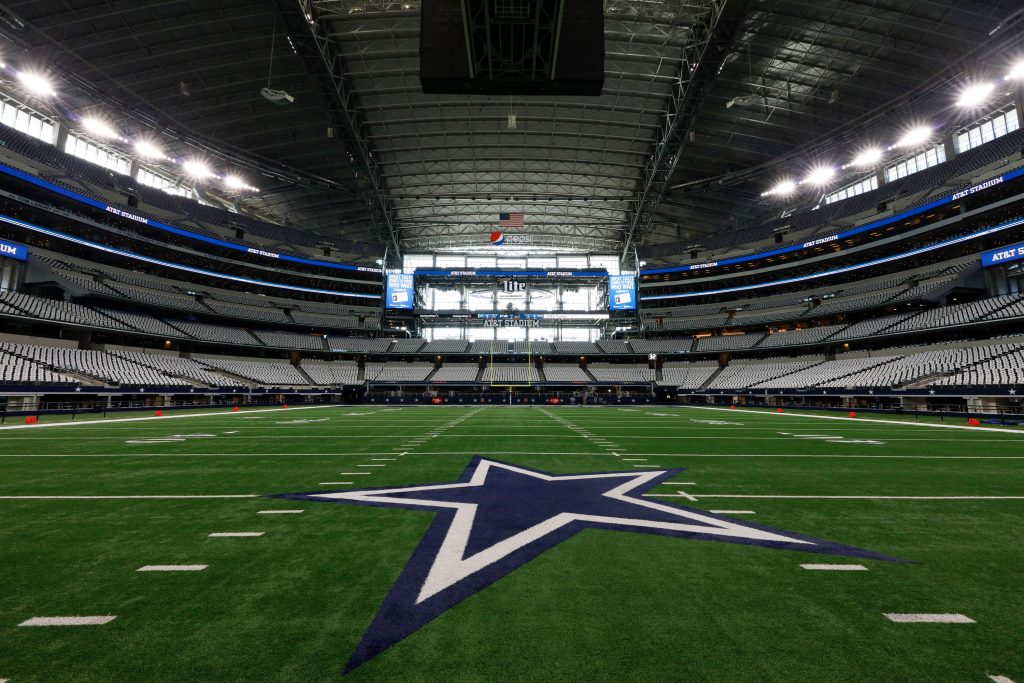
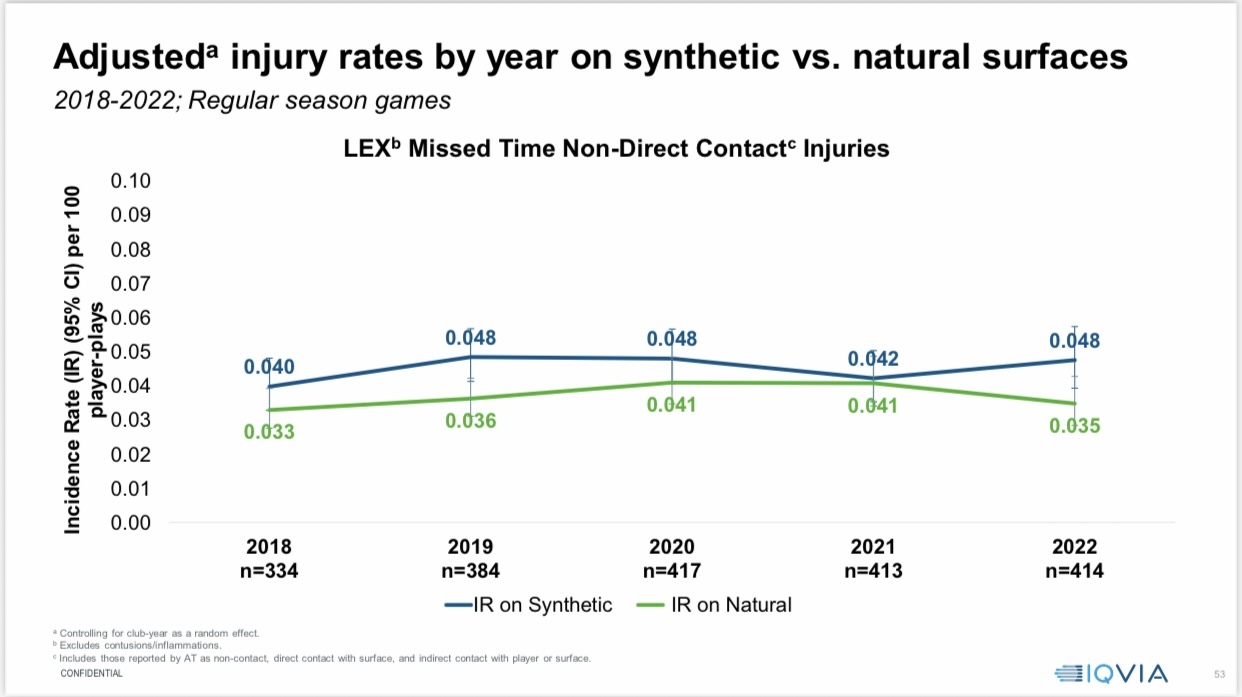
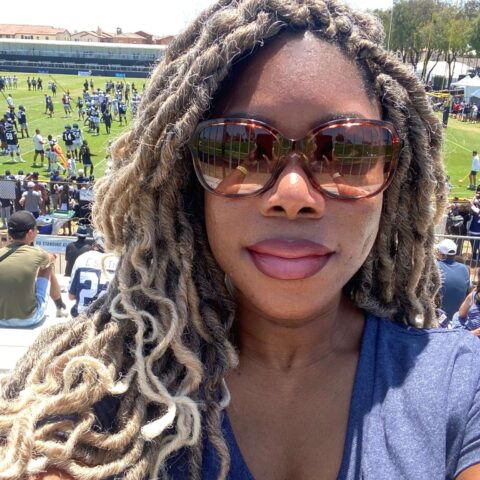

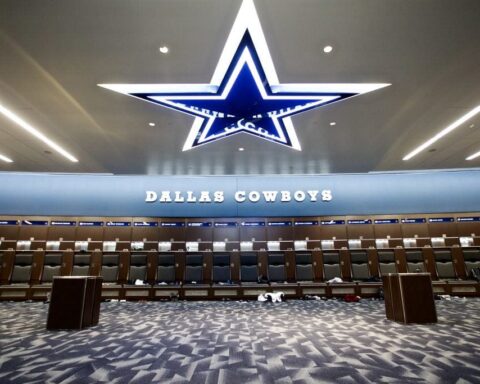
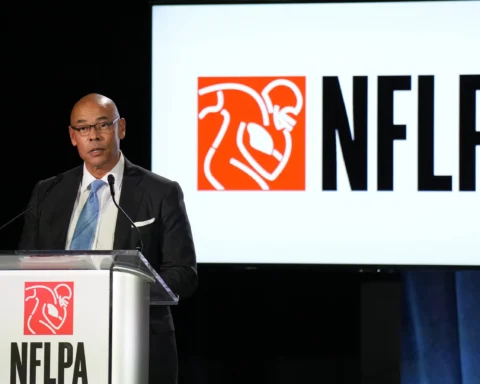

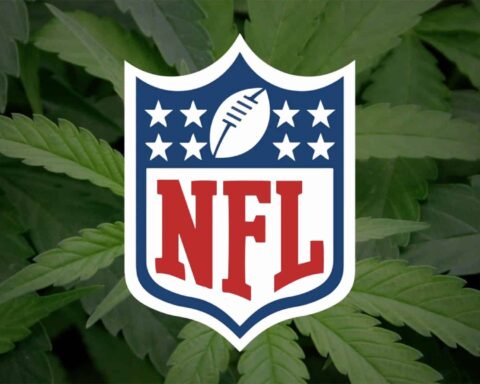
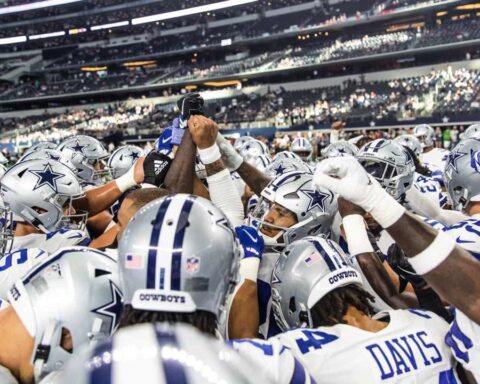

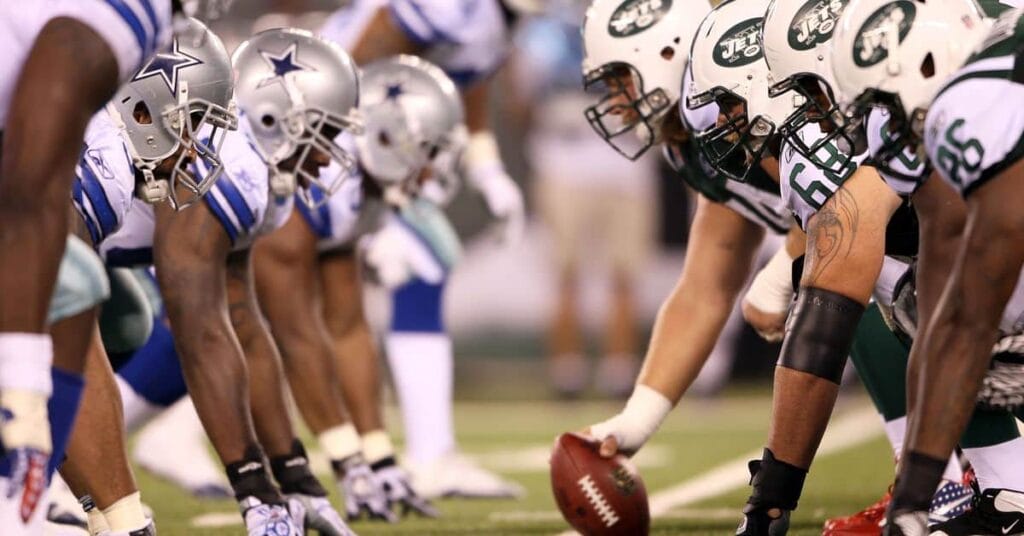
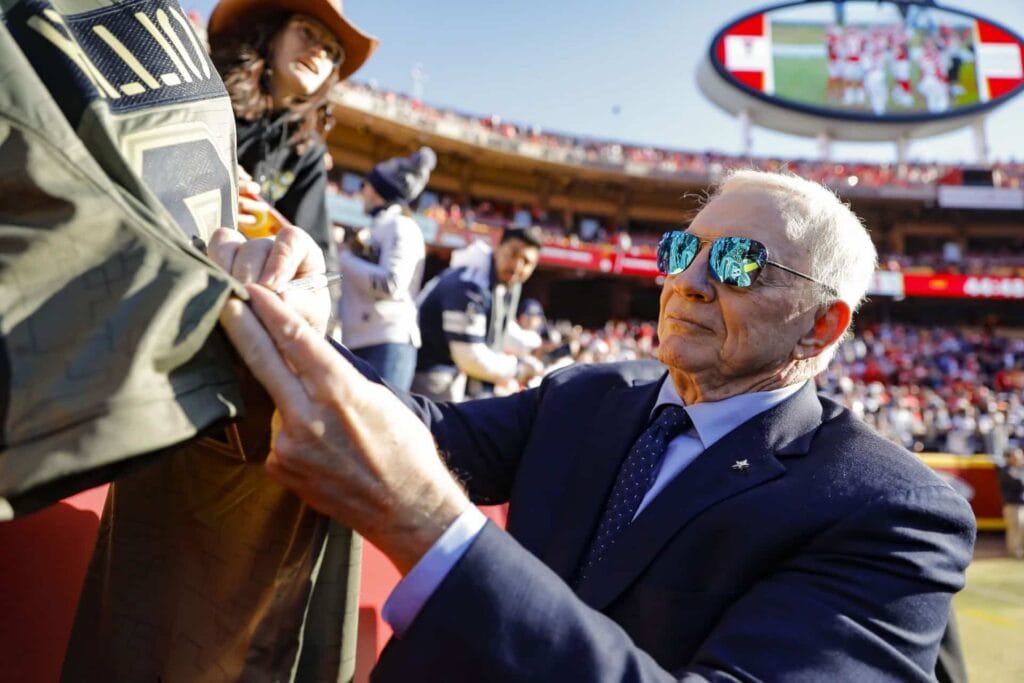
These are business men. Someone needs to research how much $ they would save from reducing injured player costs. Think about the wasted money on injured players who give them no production on the field. The medical costs, insurance, and whatever $ the team covers for injured players due to the injury while playing for their team. Compare that value to the $ value it takes to maintain natural grass playing surfaces. I bet you can make that a pretty strong argument unless lawn mowers have been drastically hit by inflation and are unaffordable for these billionaires.